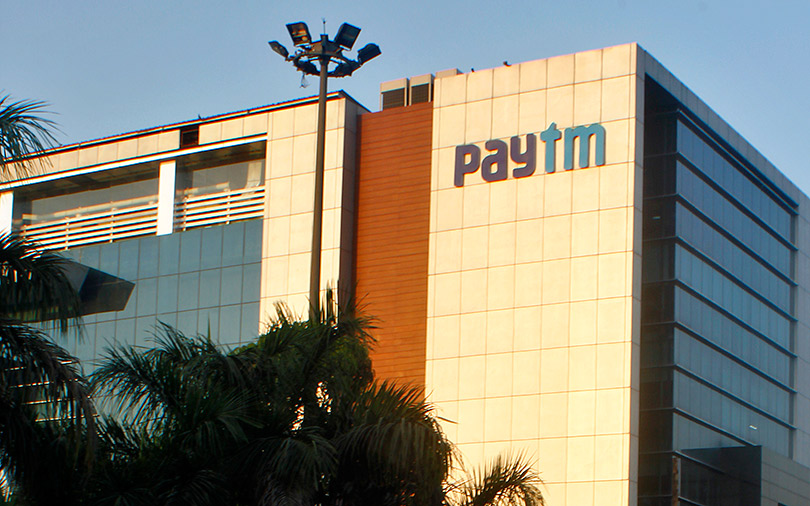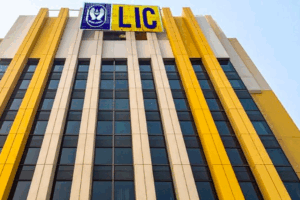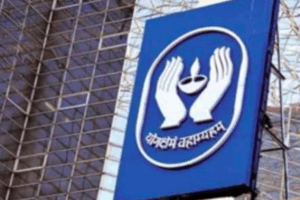Exactly two years back, Paytm Founder and CEO Vijay Shekhar Sharma, keeping Alibaba model in mind, took a plunge into the burgeoning e-commerce space where Amazon and Flipkart (now owned by Walmart) were two dominant forces.
Nurturing a little grudge that he never had a chance to study at the Harvard University, Sharma de-merged the e-commerce business into a separate entity by the name of Paytm Mall to address India’s large online retail opportunity with cashbacks.
Confident that the growing number of smartphone users would help it sail through, the new entity started off with the same shareholding as the parent company of Paytm – One97 Communications Limited — and raised $200 million from SAIF Partners and Jack Ma-run Alibaba Group Holding Ltd.
Paytm Mall managed to raise over $650 million from Alibaba, SoftBank and SAIF Partners.
Alibaba — a pioneer in the online-to-offline (O2O) marketplace — soon realised that giving cashback to attract customers was a short-term strategy which won’t help Sharma make Paytm Mall a third big player in the fast — growing Indian ecommerce market — poised to touch $84 billion in 2021 from $24 billion in 2017.
Paytm Mall’s losses mounted and in the financial year 2018, the company posted a loss of nearly Rs 1,800 crore on revenue of Rs 774 crore. According to Forrester Research, the market share of Paytm Mall almost halved in 2018 — to 3 per cent from 5.6 per cent in 2017.
Sharma, however, is still optimistic and wants to run Paytm Mall in the face of massive competition which, the analysts feel, is the end-game as his focus should be on the digital payments market which Alibaba always wanted his to excel in.
Several attempts to reach out to Paytm, including emails, calls and even a personal visit to One97 Communications Limited’s Noida Sector 5 office for their version did not elicit any response till the press time.
According to Thomas George, Senior Vice President and Head CyberMedia Research (CMR), Paytm is currently facing several challenges.
“Paytm is far behind the top two e-commerce players in terms of market share. They have a single-digit share against the top leaders which are commanding over 30 per cent. Plus, the service standard set by these market leaders is quite remarkable,” George told IANS.
On the other hand, Paytm is not making investments in stocking and delivering products.
“Paytm Mall’s primary catchment segment was its payment wallet customers base. This base is not growing as anticipated,” George added.
Paytm’s Payment Bank vision is also under scrutiny.
“The Paytm payment bank could have helped the company to create a buzzing marketplace and attract more consumers onboard. While billionaire investor Warren Buffet’s Berkshire Hathaway Inc has invested in Paytm, we had seen Alibaba diluting its stake too,” George noted.
Over the past few years, Paytm has been bleeding massively in online retail business and there is no respite in sight.
In a mega deal in India’s e-commerce space, the world’s retail giant Walmart in May last year announced it was buying 77 per cent equity stake in the country’s largest e-tailor Flipkart for $16 billion.
After the two US retails giants, Reliance Industries last year announced to enter the e-commerce space with an aim to transform the lives of around three crore merchants across the country, enabling them to do all that large enterprises and e-commerce giants are able to do with the help of technology.
For Paytm Mall, the news of Reliance entering the e-commerce ring was like a nightmare.




